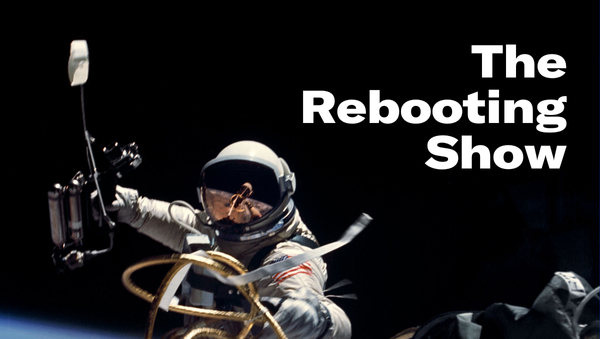What B2C can learn from B2B
Plus: Google on trial

The worlds of consumer publishing and business-to-business publishing often existed in parallel, much like brand advertising and direct response marketing did. They were notionally the same, only the dynamics were different, even the language used was different. Like brand advertising, consumer publishing always carried more clout than the often dowdy world of B2B, home of the webinar.
That’s all changed. B2B models turned out far more resilient, just as DR morphed into performance marketing and ate most of the ad industry as it digitized. Nowadays, the most resilient publishing models tend to have B2B at their heart or at least in their mix.
Just as B2B needed to take lessons from consumer brands, B2C publishers can stand to understand the core dynamics that have made B2B publishing models on a whole far more resilient than consumer models that are now being retrofitted. (Time is a B2B business!)




